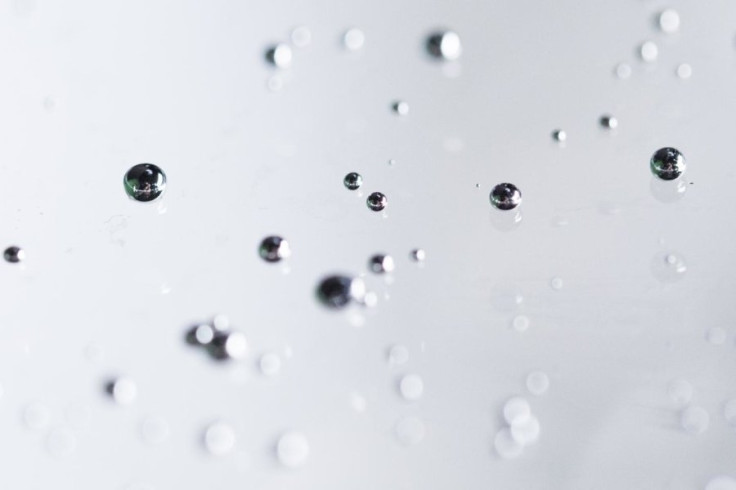'Once-in-a-decade' discovery: Scientists create materials that have never been seen before in nature
Researchers have created two-dimensional materials, just one atom thick, which could revolutionize chemistry.

Researchers from RMIT University in Melbourne have announced a "once-in-a-decade" discovery -the creation of two-dimensional materials, just one atom thick, which have never been seen before in nature.
These new materials could revolutionise how we practice chemistry and may lead to enhanced electronics as well as reshaping how we make numerous chemical products, including medicines, fertilisers and plastics.
To create the 2D materials, the scientists dissolved metals in liquid metal to create extremely thin layers that could easily be peeled away.
These so-called oxide layers can be used as components in electronics. The thinner these layers are, the faster the electronics can be made, while also reducing their power requirements.
"When you write with a pencil, the graphite leaves very thin flakes called graphene, that can be easily extracted because they are naturally occurring layered structures," said Torben Daeneke from RMIT's School of Engineering, one of the leaders of the research. "But what happens if these materials don't exist naturally?"
"Here we found an extraordinary, yet very simple method to create atomically thin flakes of materials that don't naturally exist as layered structures.
"We use non-toxic alloys of gallium - a metal similar to aluminium - as a reaction medium to cover the surface of the liquid metal with atomically thin oxide layers of the added metal rather than the naturally occurring gallium oxide."
"This oxide layer can then be exfoliated by simply touching the liquid metal with a smooth surface. Larger quantities of these atomically thin layers can be produced by injecting air into the liquid metal, in a process that is similar to frothing milk when making a cappuccino."
The process is so cheap and simple that it could be done by non-scientist. "I could give these instructions to my mum, and she would be able to do this at home," Daeneke said.
Kourosh Kalantar-zadeh, the other lead researcher, said the new discovery means that these extremely thin materials will become much more readily available with profound implications for future technologies.
"We predict that the developed technology applies to approximately one-third of the periodic table. Many of these atomically thin oxides are semiconducting or dielectric materials."
"Semiconducting and dielectric components are the foundation of today's electronic and optical devices. Working with atomically thin components is expected to lead to better, more energy efficient electronics. This technological capability has never been accessible before."





















